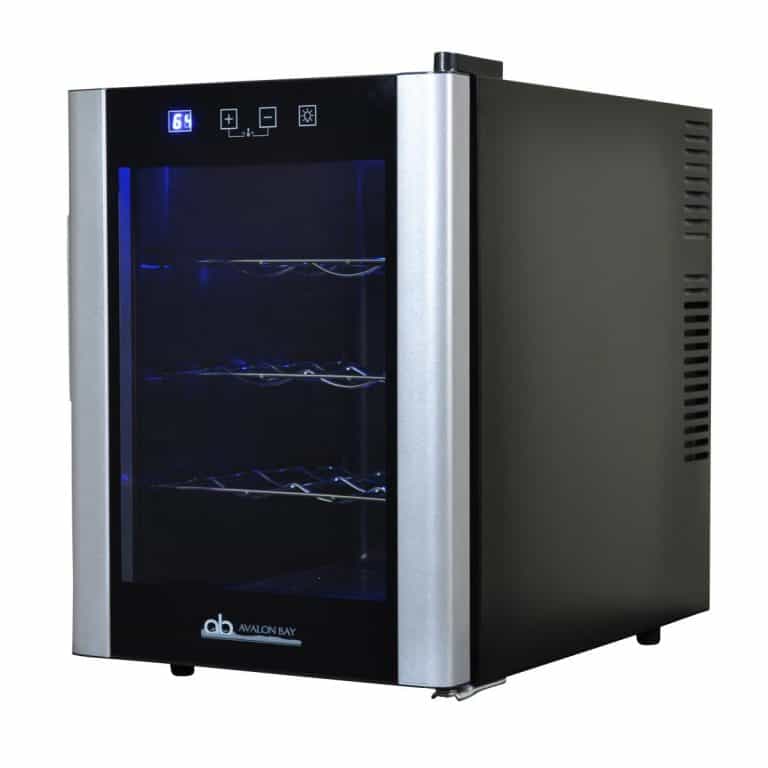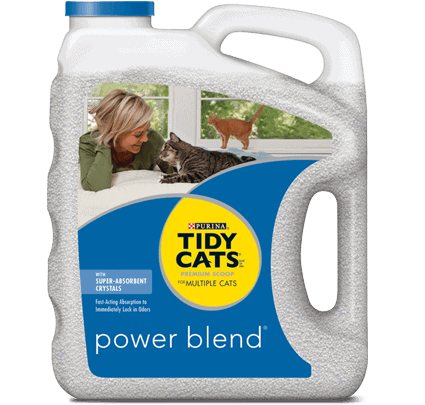A special thanks to Direct Energy for sponsoring today’s post and helping me learn how to make my home more energy efficient.

Today the temperature during the day dipped down to the 50s for the first time this fall. Unfortunately, I know that winter is just around the corner and it is supposed to be a COLD one! This also means that it will be the season of high energy bills. Don’t fear, however, there are things you can do to help make your home more energy efficient this winter, and therefore save on those energy bills!
Check out these seven tips to cut your energy bills and save you money!
Install energy efficient appliances
This summer we replaced our furnace and air conditioner. While we were in the process of replacing them we found out that they were only running at about 60% efficiency. The new ones are approximately 96% efficient, and let me tell you that we have already seen an improvement in our bills. Replacing other old appliances with new Energy Star appliances will also help save you money, plus you can get tax rebates too!
Go low flow
Replacing the shower head in your bathroom with a new low-flow showerhead will help you save gallons of water each time you take a shower. These shower heads regular the flow of water, making your shower more efficient.
Trash traditional
Old incandescent light bulbs are huge energy consumer. By switching from traditional bulbs to CFL or LED light bulbs you can save up to 75% more energy, not to mention your bulbs will last for years before needing replaced.
I would like to note that with having three children in the house, there is always a high possibility that our lamps will be knocked over and the bulbs breaking. Because of this, I am a little nervous with CFLs (which contain mercury) so for our family, LEDs are a much better alternative.
Get some shade
Planting trees in optimal spots around your property will provide you with some shade during the warmer months by making your system work less hard to cool your home down. If you don’t have any trees on your property, consider using blinds or thermal curtains to block out the sun during the hottest times of the day.
Use a power strip
Vampires are scary. They are even scarier when they are costing you money without you knowing it. Even when appliances are turned off they still use electricity. Use smart power strips, or just unplug your appliances, when they aren’t in use.
On the same note, if you keep your refrigerator and freezer fuller, it will keep the temperature more stable and will keep them from kicking on as often.
Take a cold dip
For your clothes that is. By using cold water for your washing machine, it will save energy by not requiring the gas (or electric) that it would take to heat the water. Your clothes will get just as clean without costing you any extra.
Learn your habits
I remember when the programmable thermostats hit the market everyone was encouraged to purchase one in order to save on energy. While being able to program your thermostat is great, your thermostat being able to actually learn your habits is even better! That is exactly what the Direct Energy Nest Learning Thermostat does. It learns your habits and preferences and sets itself accordingly. The best part is, if you are feeling a little hot or a little cold, you can always nudge the temperature up or down a little.
Direct Energy is hosting a sweepstakes where five lucky winners will win a Nest Learning Thermostat!
To enter the sweepstakes, visit the campaign landing page and simply fill out the entry form. Easy peasy! The giveaway will run from Oct. 1 through Oct. 21, 2014. Winners will be notified by mid-November.
Hopefully, these tips for a smart home will help you reduce your energy bills this winter as well as reducing your carbon footprint.
What sort of energy-reducing tips do you have?





Those are great tips. We chose to go with LED over CFLS for the same reason.